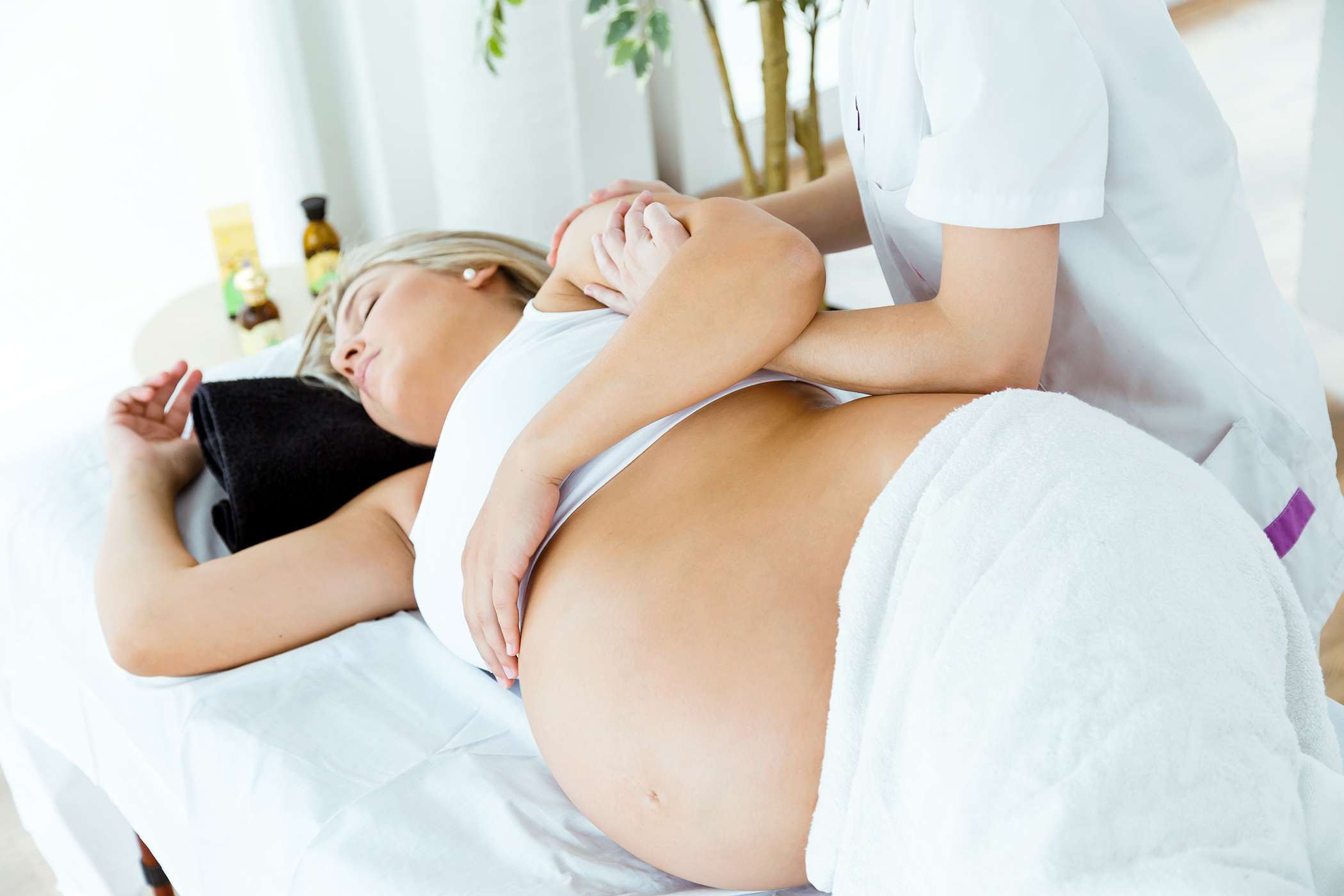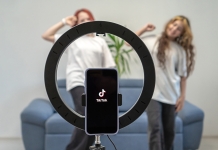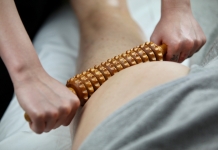Expert Advice: Preparing for safe & comfortable pregnancy waxing
Waxing expert and educator Marta Zaczkowska discusses how to wax clients throughout their pregnancy and in the run up to labour.
 Pregnancy is an exciting time. Women are going through lots of changes, both physically and emotionally. Over nine months, their hormone levels are constantly changing, which can cause some unusual things to happen. One of which is extra hair growth.
Pregnancy is an exciting time. Women are going through lots of changes, both physically and emotionally. Over nine months, their hormone levels are constantly changing, which can cause some unusual things to happen. One of which is extra hair growth.
While a thicker head of hair sounds nice, unfortunately the head isn't the only place where the hair could get thicker. Many women experience increased hair growth in unwanted places, like armpits, legs, the bikini line, and the pubic area.
As a result, the demand to remove unwanted hair among pregnant women usually increases and waxing specialists have to be able to accommodate.
Functioning of the skin during pregnancy
During pregnancy, the increase of estrogen and progesterone production causes the skin to be more susceptible to melasma. This is a common skin condition that causes brown or greyish patches to form on the skin. Women who have melasma are typically told to avoid waxing affected areas. Waxing can irritate the skin and cause the condition to get worse.
Taking this into consideration, extra care should be taken while waxing a pregnant client to avoid causing dark spots, bruises or scars. Always inspect the area before you start the treatment.
In addition, hormone changes and the increase of blood and fluids to support the growing baby, means there is an increase in blood flowing to the skin (especially in the pubic area). This can make the client more sensitive to pain overall. So be extra careful not to burn or bruise the client during the treatment.
Pregnancy wax planning
Advise your clients to wax regularly during their pregnancy, usually every five to six weeks. It is important to suggest that they book the very last pre-labour appointment as soon as possible, preferably 38 weeks in a client's pregnancy.
Suggest that they check the remaining weeks between the first treatment and the last date they can wax and try to plan regular in-between treatments accordingly.

How to prepare for the treatment
- Make sure the client's hair is the right length; trim it if it's too long.
- Wear protective gloves at all times when waxing.
- Test the wax on the inside of the wrist to check the temperature.
- Test the client's heat tolerance by putting a small amount of wax to the area being treated.
- Help the client to get on and off the bed.
- Clients need to remove their underwear, you can offer them a clean towel to place in between their legs or use disposable underwear.
- During the treatment always monitor the client, adjust their position, let them stretch their legs, and relax the hips.
- Aftercare and contra-action advice must be given after the service has been provided.
Positioning your client during waxing
The correct positioning of the client might be the most critical part when working with pregnant women. Always ensure you have the client in a comfortable and safe position both for you and for the baby.
Pregnant clients cannot lie on their stomach and never position the client flat on the bed. I suggest a 40-degree angle instead. Make sure the client is feeling comfortable in the hip area. During the treatment check if the client needs a break or to adjust their position.

During the treatment, monitor the skin redness and the client's reaction to pain. Only use medium and small wax patches and be thorough.
After the treatment, advise the client to sit for 30-seconds before they get off the bed, as they may feel dizzy otherwise. Help them dress if necessary or if they are heavily pregnant. Ask them how the skin feels after the treatment, whether the skin feels sore or normal.
During the waxing treatment
Communicate with your client during the treatment checking that they are comfortable while monitoring any skin reactions. Make sure the skin is stretched, your pulls are thorough, and you put your hand and squeeze the waxed area after removing the wax patch, which makes it less painful.
During intimate waxing, concentrate on the labia area, which often will be swollen and enlarged. Give it a good stretch up when treating this area and work in smaller sections.
Accommodate more time for intimate pregnancy waxing than usual, specifically in the later weeks, as you might need more time because the client might not be able to hold a position for too long and may need breaks during the treatment.
You must remain focused and calm while treating heavily pregnant women. If at any point they feel unwell you must stop the treatment immediately, put them in a sitting up position, offer water, offer sweets if their sugar levels drop, and if they feel dizzy ventilate the room. If they don't feel better, seek medical help and do not leave them without assistance.
Post-waxing treatment
Use post-wax soothing lotion on your client's skin. Once you're done, use a mirror to show your client the results. Advise them to wear loose, comfortable clothing and not to put any products on the skin for up to 48 hours.

Also, remember to advise them not to use any ingrown hair products because these have not been tested on pregnant women and may cause a reaction.
Tips to remember
Some of the general tips for performing pregnancy waxing include using low temperature hot waxes for intimate waxing. Specialists need to make sure the wax is at the right temperature and also double-check this with the client. It is important to be careful not to burn the client or bruise the skin during wax removal. Any wound or scarring may result in melasma in the affected area. To check the skin's reaction always patch test small sections first and then monitor the skin for any reactions throughout the treatment. Help your clients to get into the correct position.
Treating pregnant women holds a lot of responsibility yet it is very satisfying and rewarding. I hope you will be able to treat pregnant clients with confidence and passion, helping them get prepared for labour and making them feel good.
Marta Zaczkowska is Salon System Waxing Expert and Owner of Waxing Specialist Salon and Academy.





